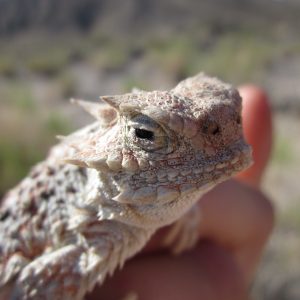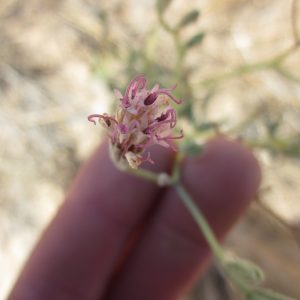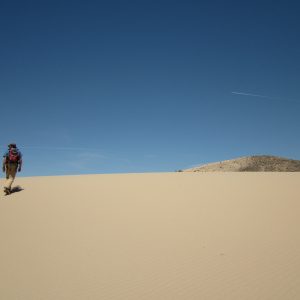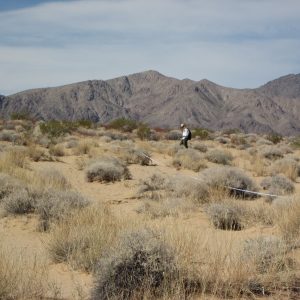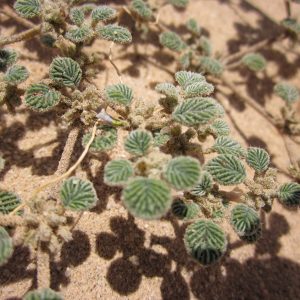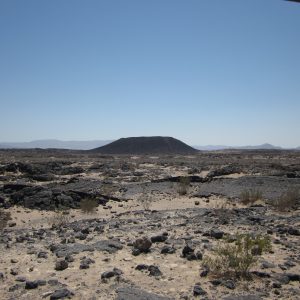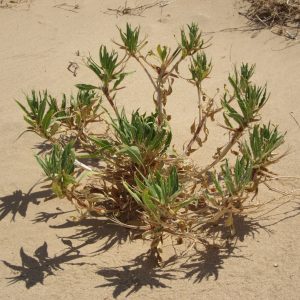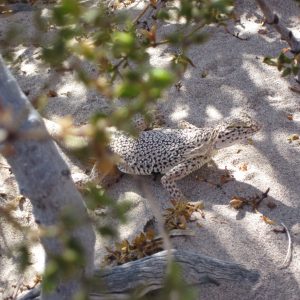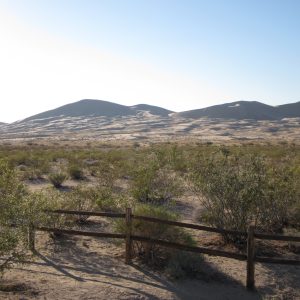In addition to the valuable career experience gained through the Chicago Botanic Garden’s Conservation and Land Management (CLM) Internship program, there are plenty of good times to be had as a CLM intern! Most everyone is familiar with technological tools such as GPSs (Global Positioning Systems) including Garmins and Tom-toms; and anyone who has ever used a map online such as Google maps or MapQuest has used GIS (Geographic Information System). These devices and programs which most people use for navigating while traveling or, for the adventurers, geocaching, have become essential tools for conservation and land management.
GIS (GEOGRAPHIC INFORMATION SYSTEM). GIS is useful in many ways: producing maps that give directions to our destinations, tell distances from here to there, show particular features of interest, document and re-locate particular features and sites (i.e., rare plant populations, trails, boundaries, etc.), just to name a few. But more and more, land managers are utilizing the spatial analysis capabilities of GIS to guide their management practices. As with all technology, it is only as useful as the user’s ability to use it. 🙂 And I’m definitely still learning (and re-learning when I haven’t performed a particular function for a while). It’s one thing to read a map, quite another to create it and to manipulate the tools of the software program to do what one needs it to do, and yet a different task to combine multiple layers providing spatial information relevant to a conservation or land management issue in a way that analyzes the data and informs management decisions.

Through trial and error, finding a way to accomplish what I need to do on ArcGIS
GPS (GLOBAL POSITIONING SYSTEM). GPS has fast become a daily encounter as this technology is now built into the design of cars and into the programming of cell phones. What the average person may not know is that GPS has become to land managers what American Express has been for its cardholders: Don’t leave home (the office) without it. As long as it can receive a sufficient number of satellite signals and the batteries don’t go dead (a reason to always have a compass as well), GPS units are crucial for navigating in the field; I have found this to be especially true in the chaparral where the vegetation is too dense to walk through and too tall to see over…it’s very easy to get disoriented. I have used GPS to map populations of rare plants and invasives, sites of SOS seed collections, locations of potential variance projects, incidents of tresspasses, and a trail and its features (i.e., bridges, large Pacific madrone tree, restrooms, etc.). Within our BLM field office, GPS units are utilized by various employees for other map features according to their specialty: archeology, geology, engineering, recreation, wildlife biology, fuels management/firefighting, and land realty.

Searching for a signal...



